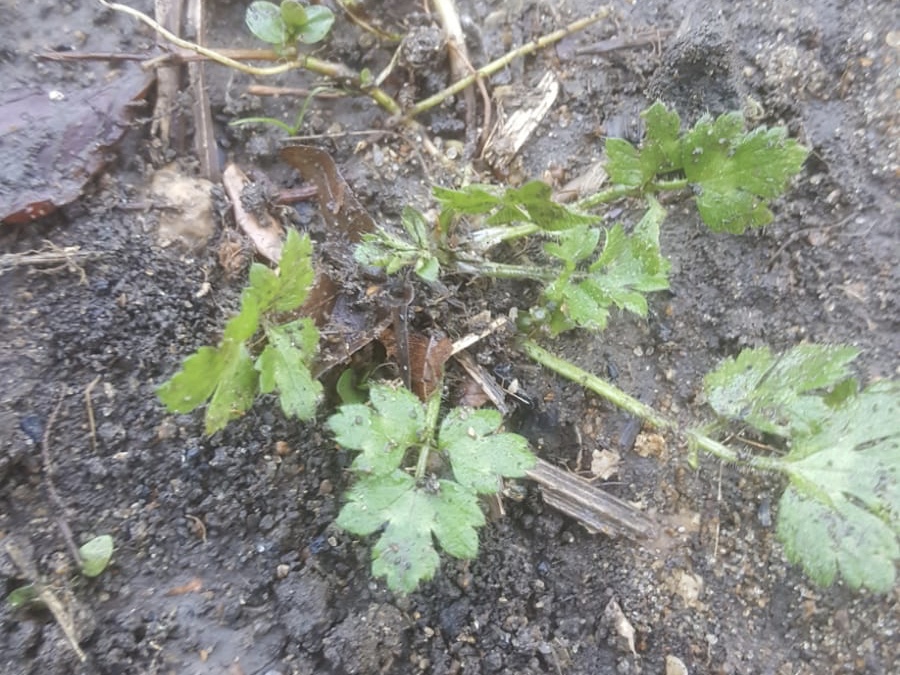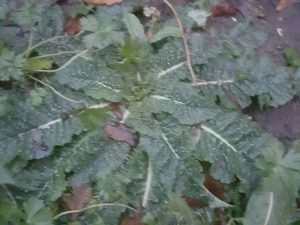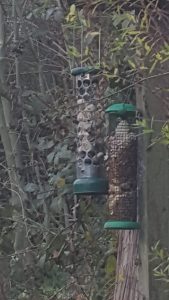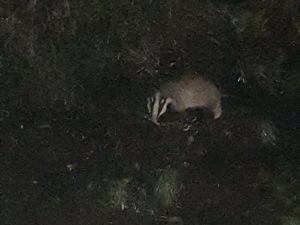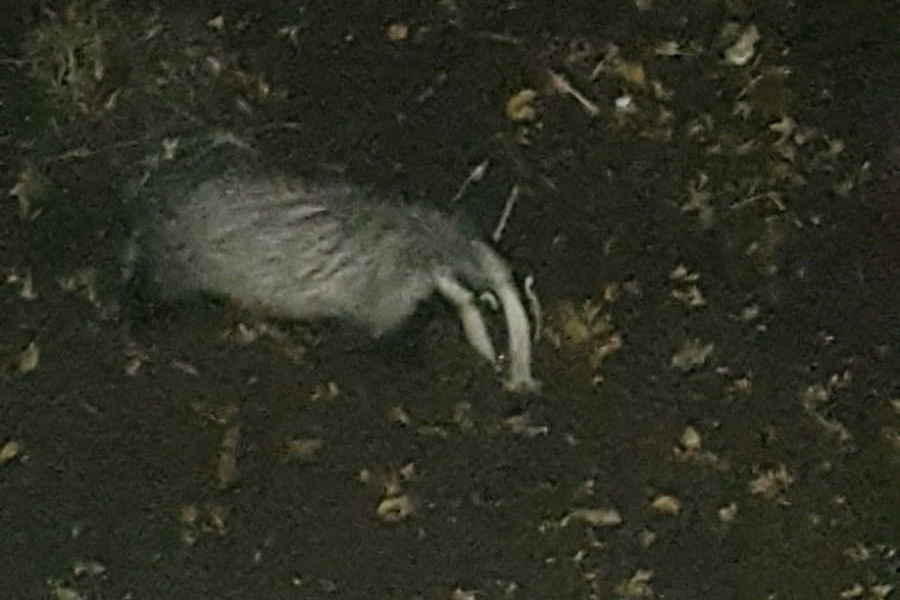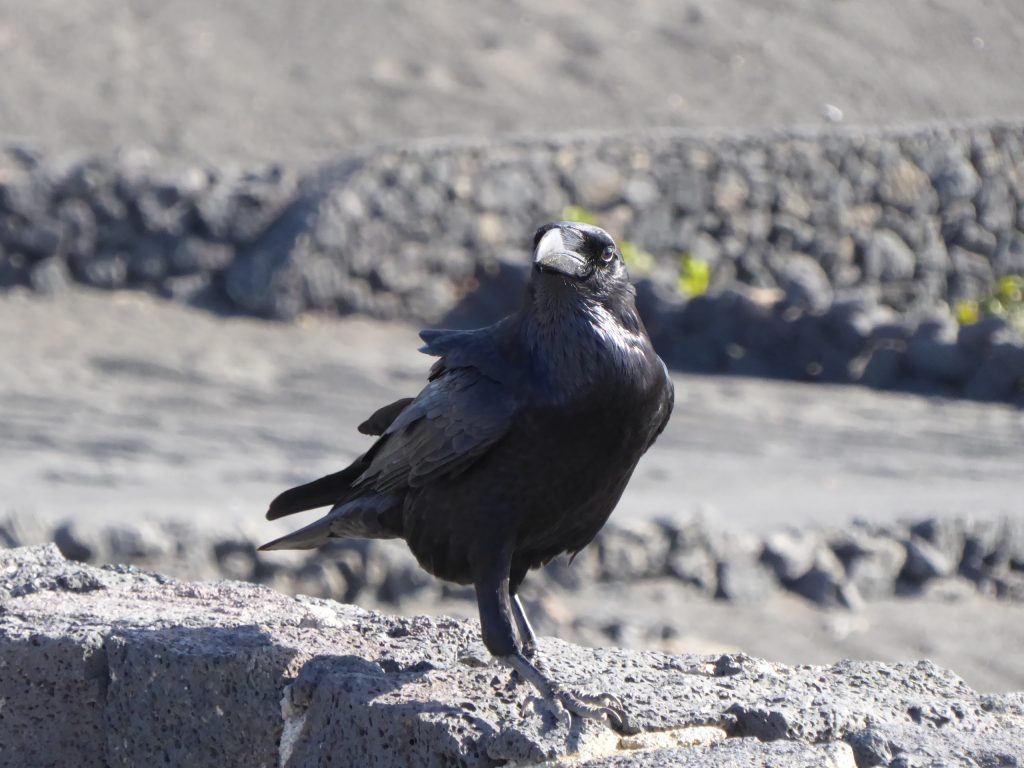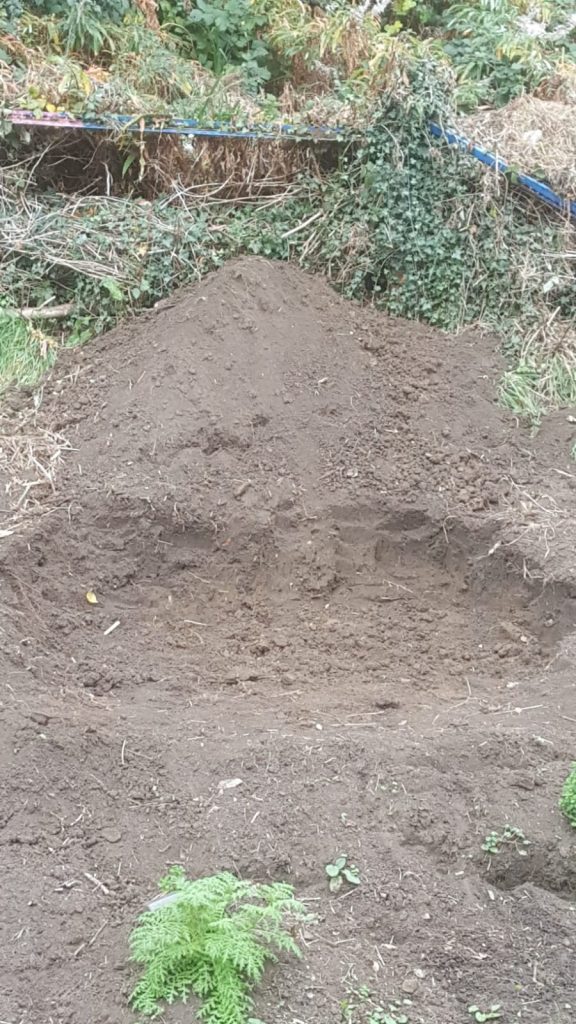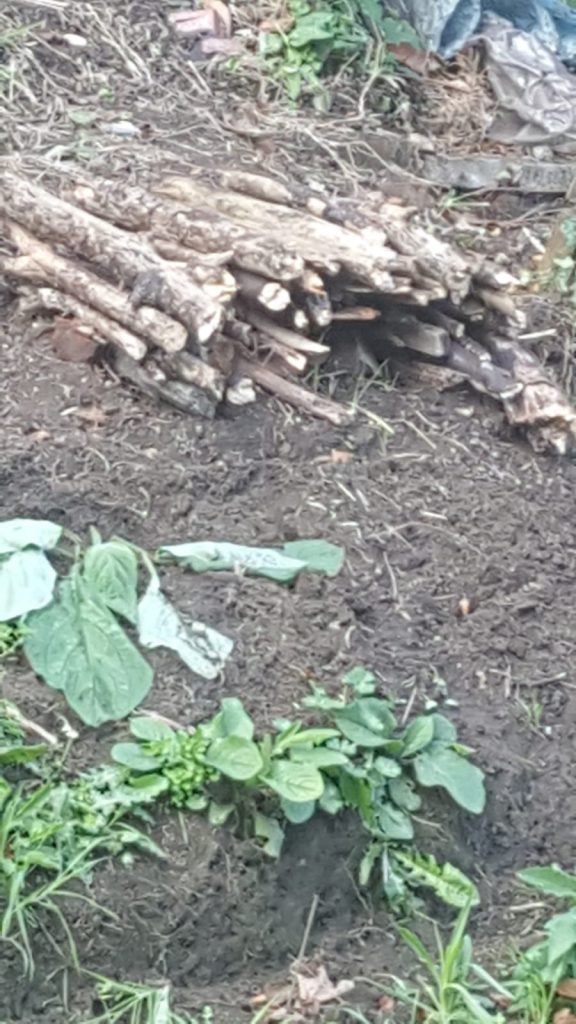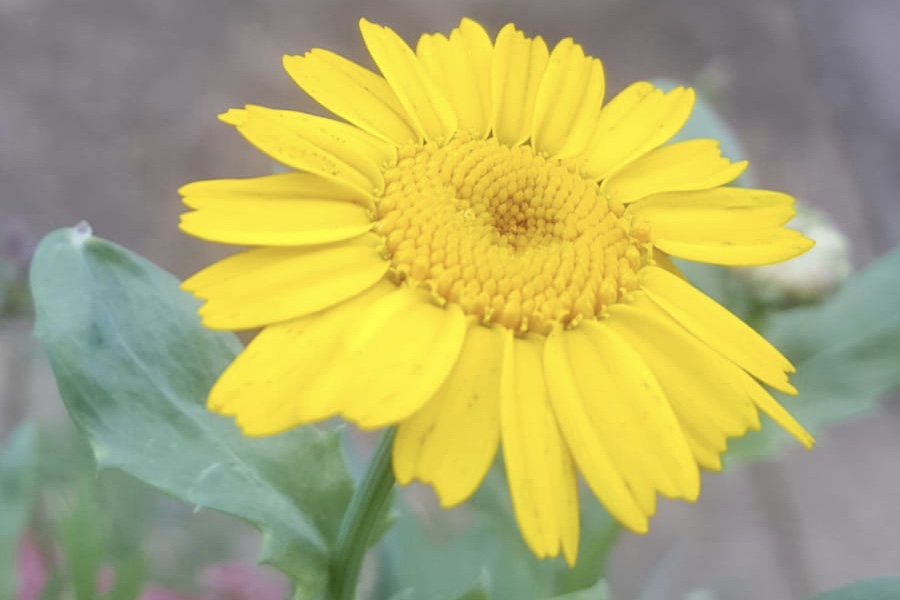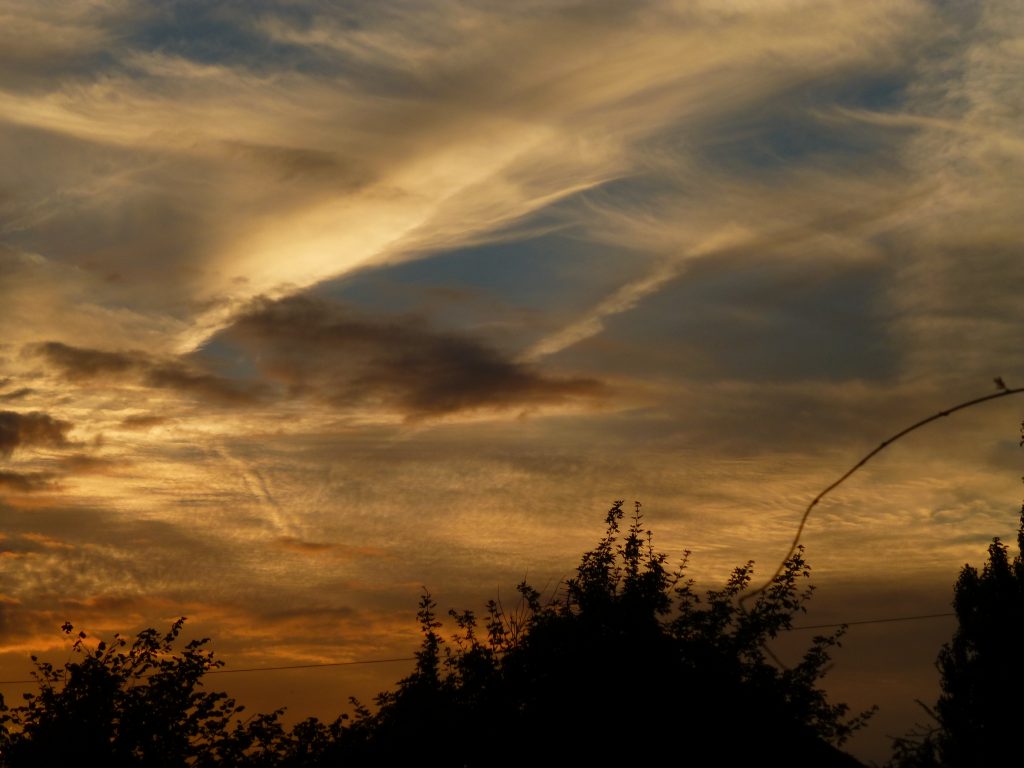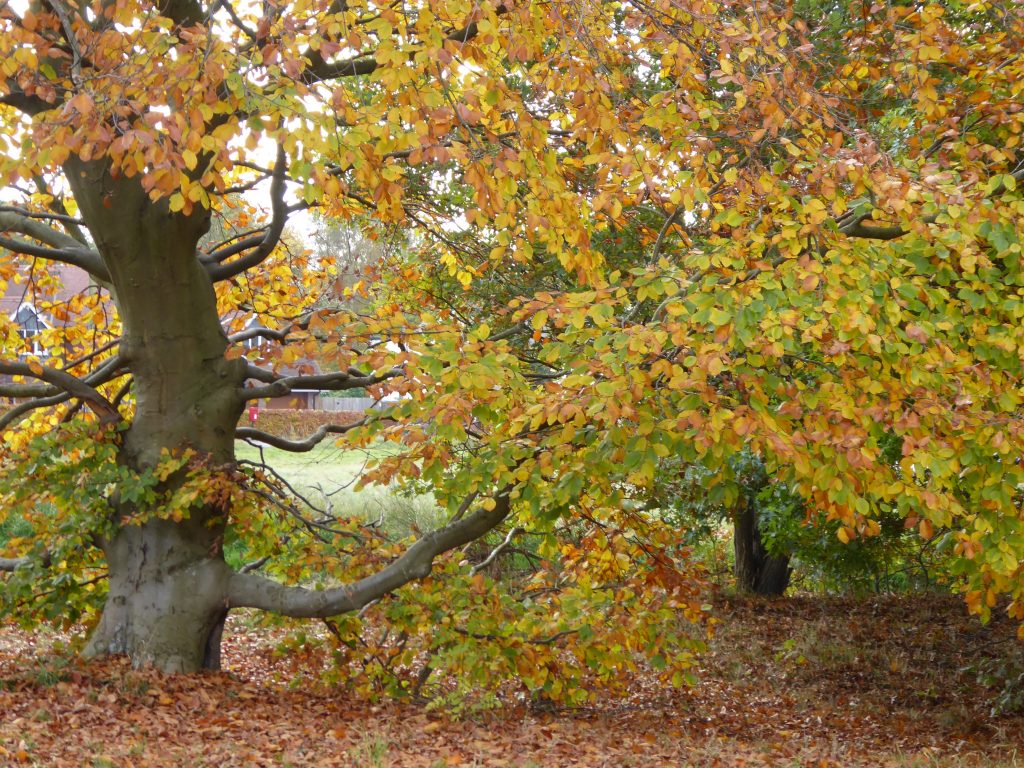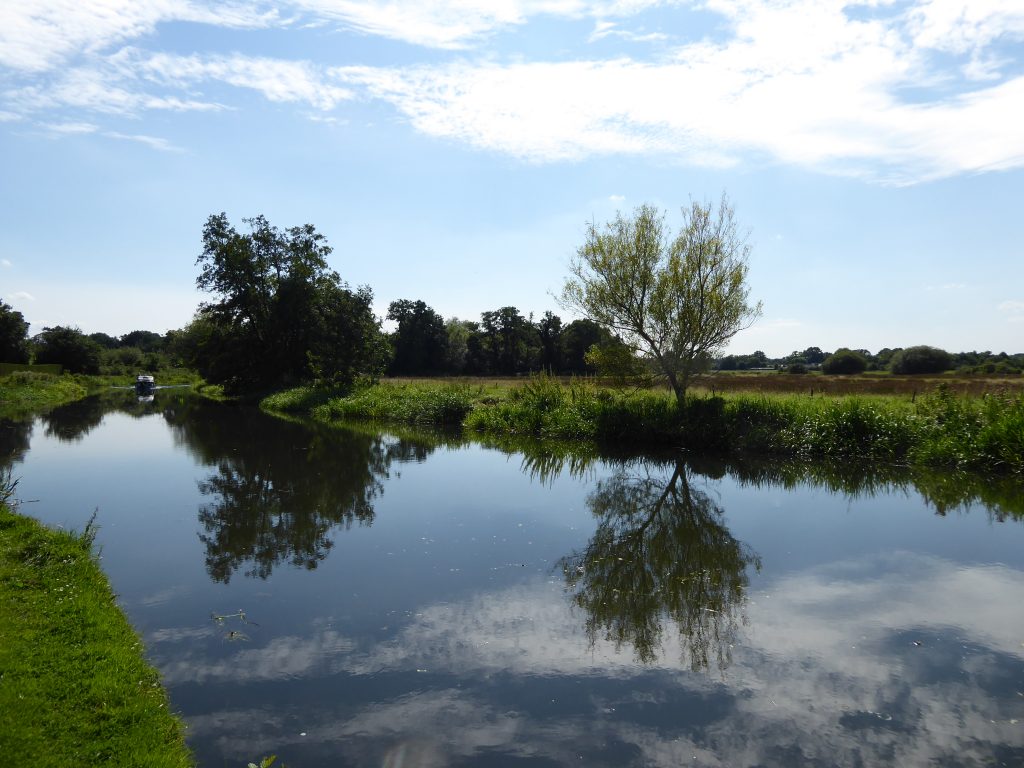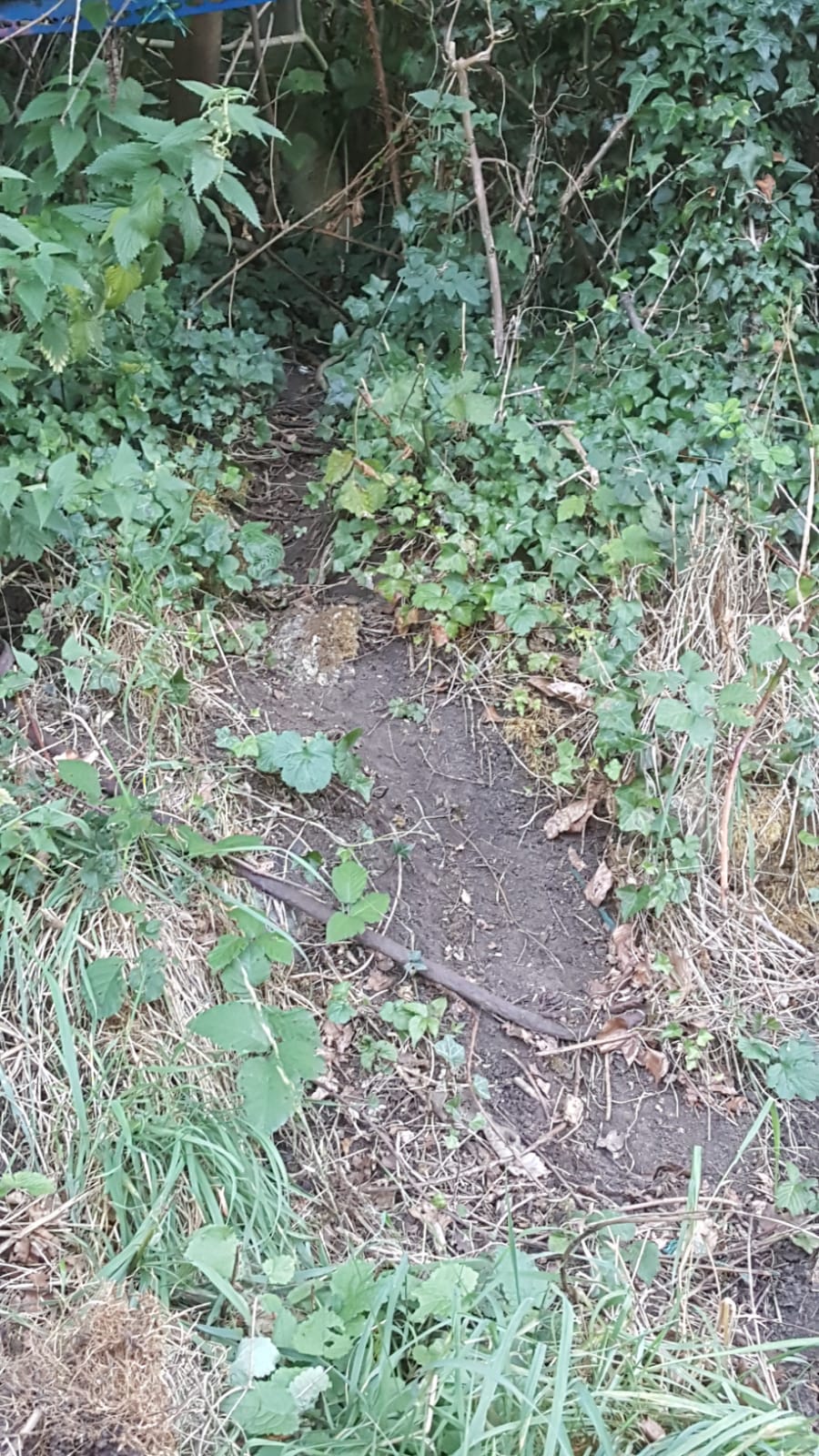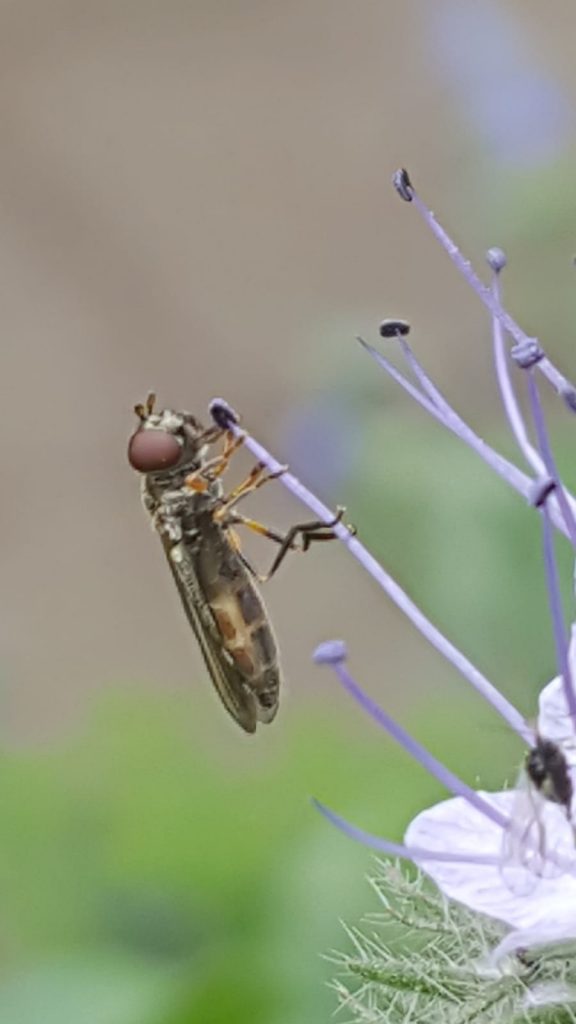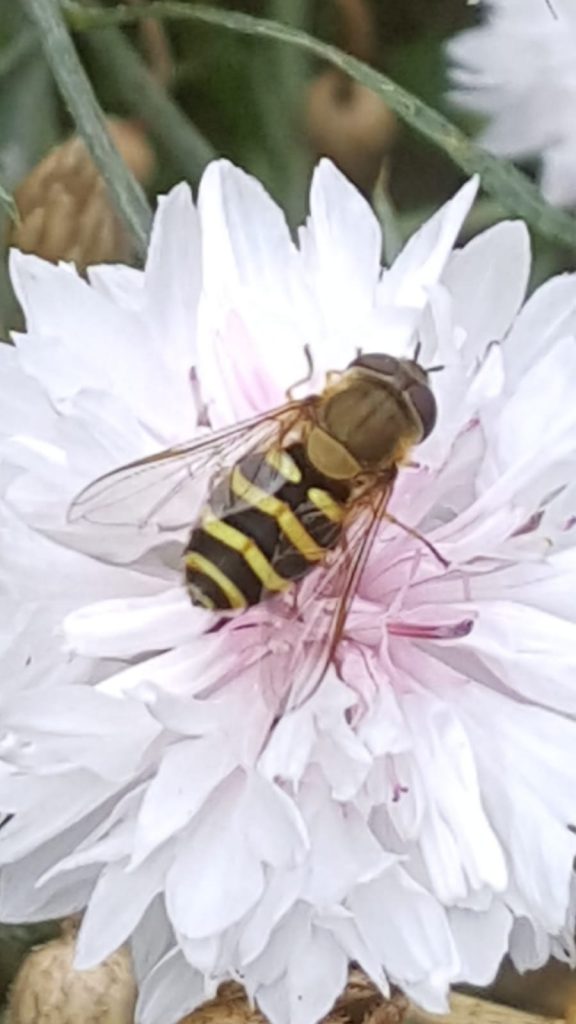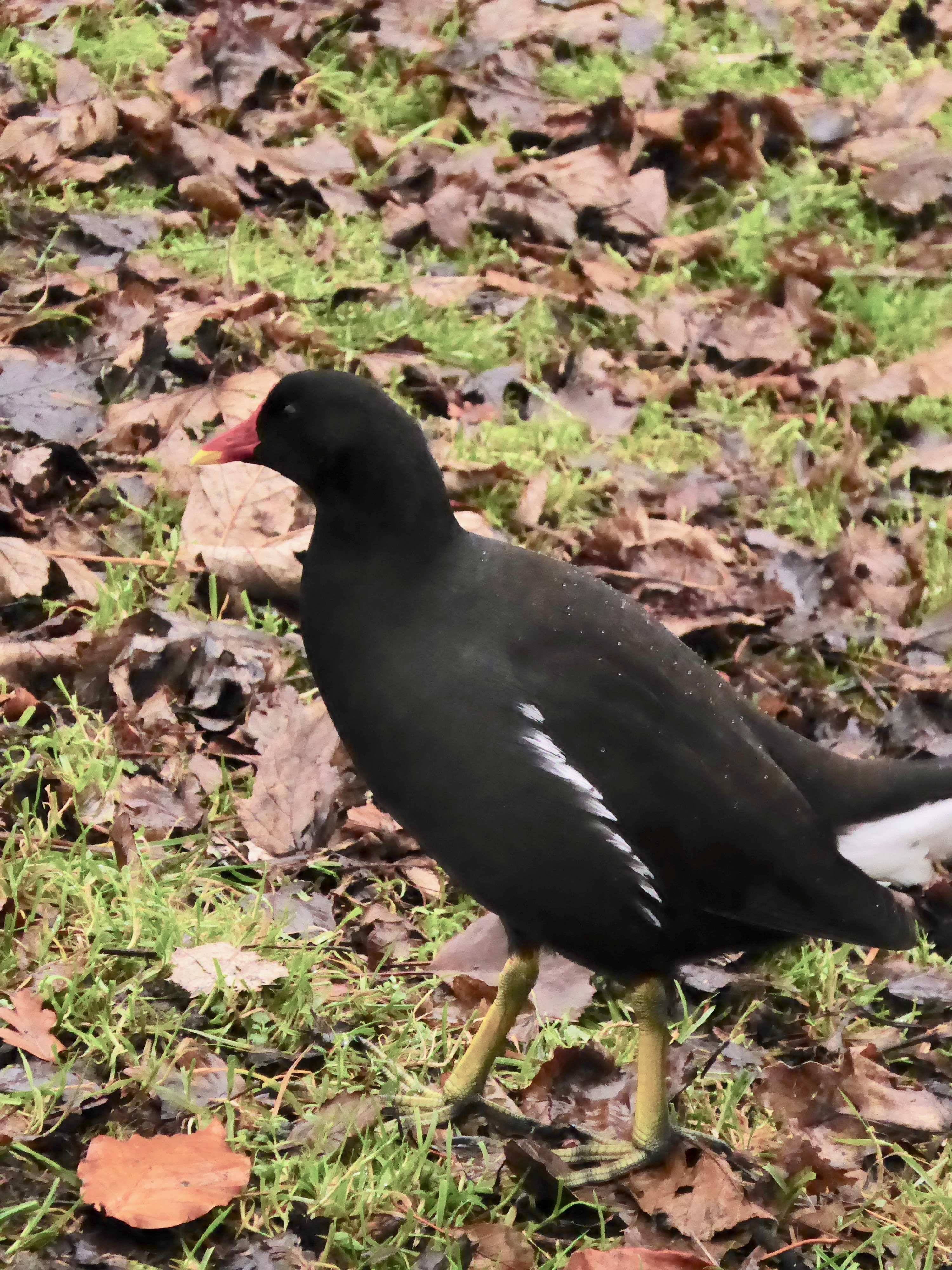
So, you all know about my favourite species of bird now and it’s true I have a tattoo of one on my arm! It needs a bit of work doing on it to be honest as it’s been there 23 years which shows you how long I have been a fan (obsessed) with these birds.
Now Steve has persuaded me to pass on some more information to you about this enigmatic little water bird I’ve had to cast my mind back to where this affair all started.
I’ve been looking at birds all of my life and when I think about Moorhens in my childhood and can vividly remember two places where I always saw Moorhens. The first place was the large lake, in the large park that was on the edge of the town where I grew up in Kent. In one corner of the lake there was a carpark and area where the local boat club did things. On a Sunday afternoon it was common for the people of the local town to come and feed the ‘ducks. ‘ There were the usual hybrid Mallards, Canada Geese, a family of Mute Swans and lots of Coots. In the winter months there were often Tufted Ducks, Pochard and the resident Great Crested Grebe were also present here. When the people fed the birds, it would often be what I can only describe as anarchic with all these birds fighting to get to the food that the humans had brought with them. Being the smallest species present the Moorhen were lucky to get any of the food that had been thrown in the water or had dropped on the ground. I noticed despite their size they were pretty feisty and ready to defend themselves against the larger birds. I then realised that they were pretty smart as well when I observed them leaving the water and apart from the smash and grab style of feeding some individuals were walking, or should I say strutting around the parked cars and picking up the scraps around the cars that had been dropped by the humans eating their sandwiches. None of the other birds present were brave enough to try this method of feeding.
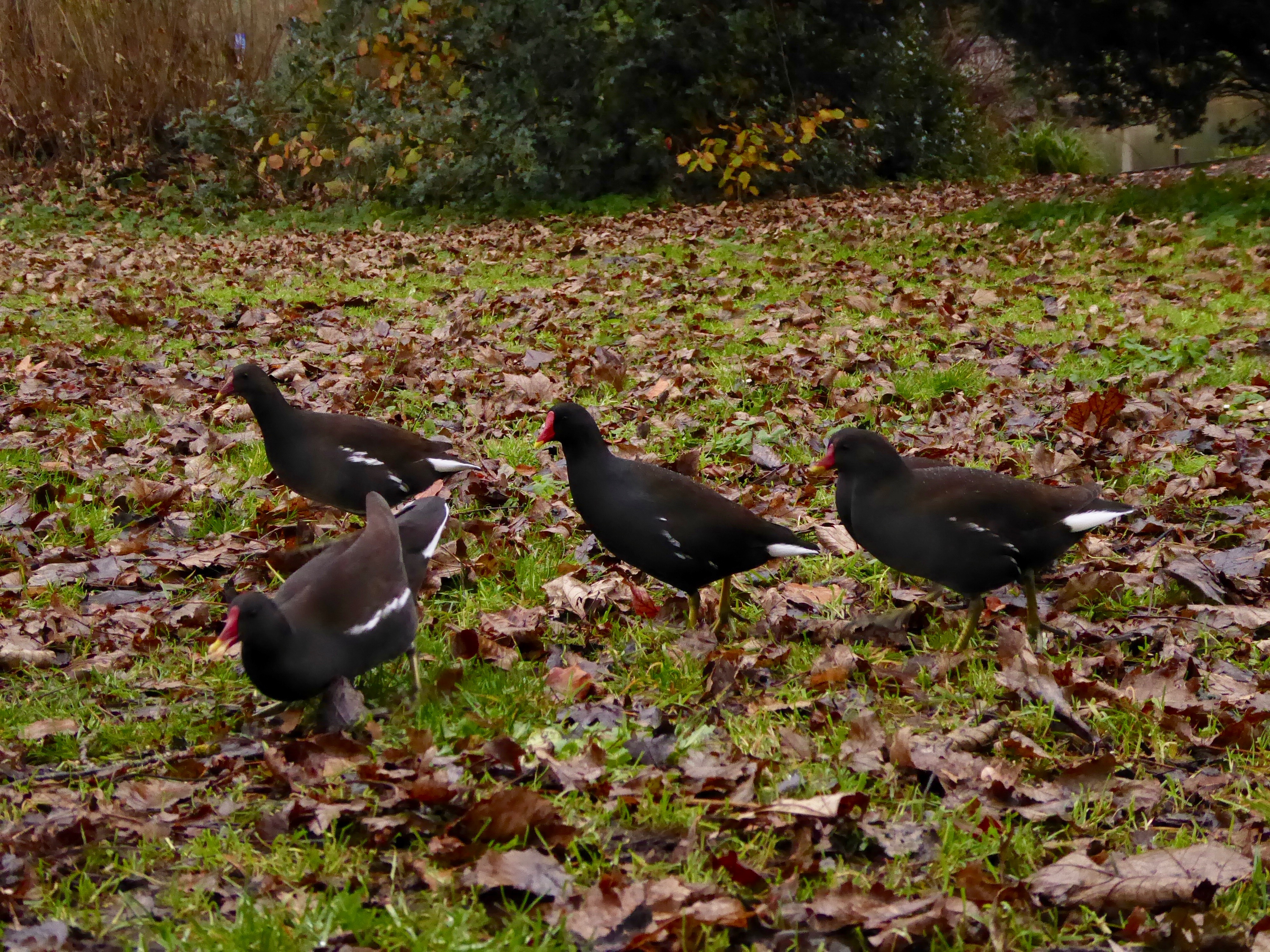
The other childhood place where I learnt about them was in the stream in the nearby village. The stream had an open area called the Brooks where the stream broadened and slowed down and there was a path down the middle where people would walk and also feed the many fewer Mallards that were generally there. The Moorhens were always along the edge of the stream bordering the over grown field. They would take part in similar feeding methods and were often found in quieter moments to be found in the gardens and the pub garden on the other side of the stream. Here I first saw nesting Moorhens and remember how fiercely territorial they were with many a fight being seen in March when they were preparing to nest. Two to three pairs would nest here every year and there were normally 2 nests along the field edge, attached to vegetation that rooted on the field but had bent over the stream and supplied the Moorhens an anchor point on which to build their nest. There was another pair that build a nest ten feet out in the stream on a branch that had fallen from a riverside tree and, in the complete open. Moorhens nesting habits are particularly interesting and as I’ve tried to show how opportunistic they are as nest builders the rest of nesting story is equally interesting. The nest itself is generally woven from vegetation such as Reedmace but I have seen all sorts of material from small branches to plastic being used. The nesting season can start in late March and these days go on as late as October with a pair capable of producing 3 broods per breeding season
The eggs are an olive brown with dark spots of varying sizes and shades. They are incubated for 17 – 22 days by both parents. The early broods normally have more eggs than the later ones with up to 12 eggs being laid in early broods and 5 – 6 in the later ones. The newly hatched chicks are super cute black woollen balls with long legs and are instantly mobile and actively feeding and swimming under their parent’s vigilante guidance. A study of the Moorhens North American counterpart and considered to be the same species until 2011, the Common Gallinule has revealed that newly hatched chicks have barbs in their wing feathers that help them climb vegetation in order to feed, avoid predators and roost. Clever stuff and more interesting behaviour can be seen with our Common Moorhens later in the breeding season when the first brood juveniles will be left for short periods of time, by the adults to ‘ babysit ‘ the next younger broods. Perhaps this explains the different brood sizes that they lay. By the autumn, when the young have been reared, the adults will drive the youngsters off their territory.
Now when you look at Moorhens in flight they don’t look that impressive but don’t let it fool you because Common Moorhens breed almost continually from western Europe to Japan and many of the birds that breed in Russia have to migrate south great distances because of freezing winter conditions. Many of these birds will make it to Europe including Britain and Ireland. They migrate at night and several times over the years I have heard calling Moorhens at night over head. Moorhens make a whole variety of calls from the purring trill to the explosive alarm that has made me jump at night time. I find their calls really expressive and characterful.
I once visited Copeland Island, six miles into the Irish Sea, off the coast of County Down to look at the birds there. The Island’s bird observatory were catching migrant birds for ringing and one afternoon they caught a moorhen. There was not really any fresh water on the island and this bird was obviously a migrant. This bird was also pretty angry at being caught and managed to make one of the ringers bleed after he was lashed by one of it claws. Their ability to survive seems to be pretty hardcore and their omnivorous diet will help them further. I have seen them eating everything from new plant shoots to dead rabbits. Back in my childhood I remember looking in an orchard in the local valley where some apples had been left fallen and in amongst the feeding winter thrushes were 2 Moorhen.
To me they are a pretty amazing species and thankfully the population is remaining stable with declines in some areas and growth in others, they are spreading North probably helped by global warming but are also susceptible to land drainage and developments. The species will prevail I feel as I’ve seen them on ponds in the centre of London and little pools in the middle of woods. Where ever there is water with some vegetation there’s likely to be some Moorhens there so I urge you to have a closer look and see what they are up to. This time of the year they can gather in to fairly large numbers and will often fed in fields adjacent to the water.
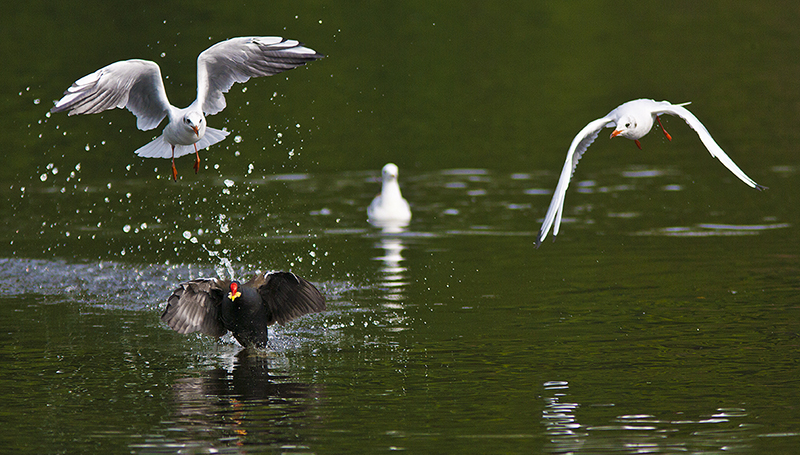
They are hardcore survival species with an interesting life story




